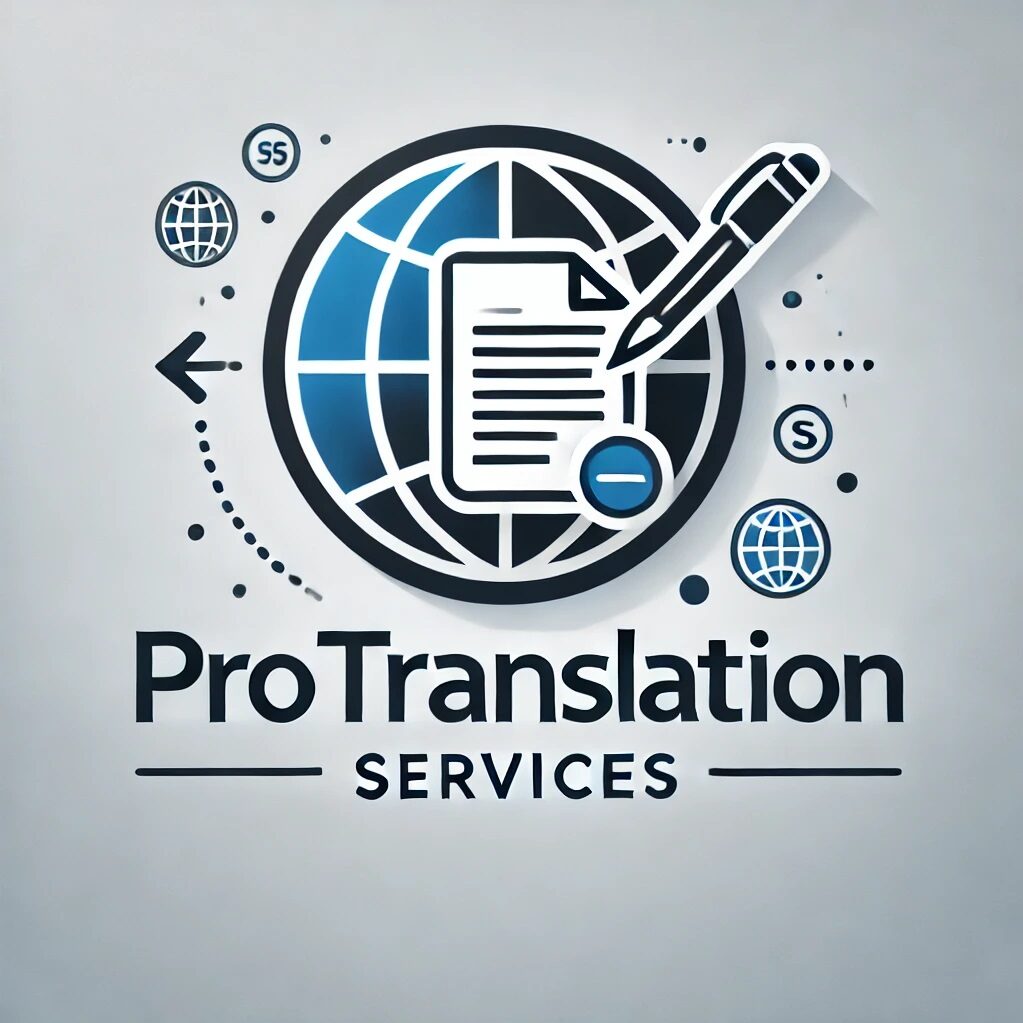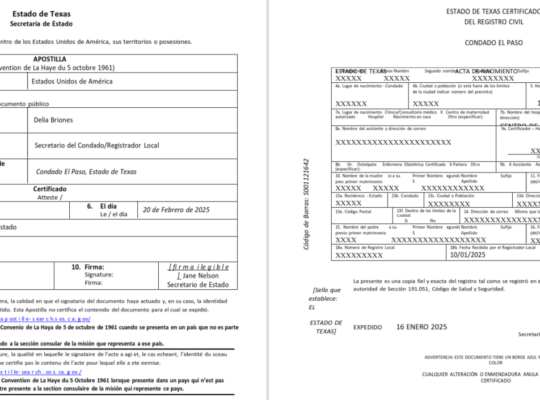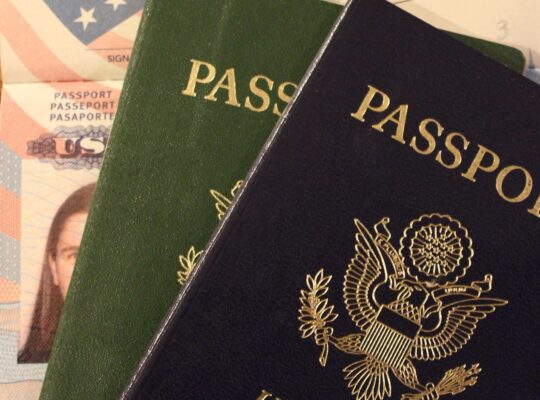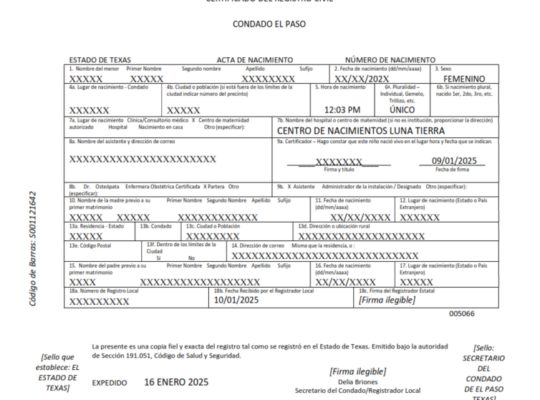If you need a school transcript translation for USCIS, universities, credential evaluations (WES, ECE, NACES), or job applications, the translation must meet specific guidelines. Below are the key requirements:
1. Complete and Accurate Translation
- The translation must be word-for-word with no omissions or summaries.
- All details from the original transcript must be included, such as:
- Student’s name (as it appears on the document)
- Course names (translated as closely as possible)
- Grades, GPA, and credits (matching the format of the original)
- Dates of attendance and graduation details
- School name and official stamps (noted as «[Official Stamp]»)
- Signatures of officials (noted as «[Signature]»)
2. Certification of Translation Accuracy
Most institutions, including USCIS and credential evaluators, require a certification statement from the translator.
📌 Sample Certification Statement:
CERTIFICATION OF TRANSLATION ACCURACY
«I, [Translator’s Full Name], certify that I am fluent in both [Source Language] and English and that the attached translation is a true and accurate representation of the original school transcript.»
Translator’s Name: [Full Name]
Address: [Translator’s Address]
Signature: _______________
Date: [MM/DD/YYYY]
3. Matching the Format of the Original Document
- The translation should mirror the layout of the original document.
- Course names, subjects, and grades should be in a clear table format.
- Stamps and signatures should be noted as [Stamp: School Official Seal].
4. Notarization (If Required by the Institution)
- USCIS does NOT require notarization—only a certified translation.
- Some universities or credential evaluation services may request notarized translations.
- If required, you may need a Notary Public to verify the translator’s signature.
5. Sworn or Certified Translator (Depending on the Country)
- For WES, ECE, or NACES evaluations: They may require the translation to be done by a certified translator or sent directly from the institution.
- For countries like Spain, France, or Brazil: A sworn translator (official government-approved) may be required.
Example of a School Transcript Translation
ORIGINAL TRANSCRIPT (SPANISH EXAMPLE)
Nombre del Estudiante: Juan Carlos Rodríguez
Institución: Universidad Nacional de México
Fecha de Nacimiento: 15 de enero de 1998
Fecha de Graduación: 10 de junio de 2020
Número de Certificado: 456789
Asignaturas y Calificaciones:
| Asignatura | Calificación | Créditos |
|---|---|---|
| Matemáticas | 90 | 4 |
| Historia | 85 | 3 |
| Física | 88 | 4 |
| Inglés | 92 | 3 |
| Biología | 87 | 4 |
Firma del Director: [Firma]
Sello Oficial: [Sello del Instituto]
TRANSLATED TRANSCRIPT (ENGLISH VERSION)
Student Name: Juan Carlos Rodríguez
Institution: National University of Mexico
Date of Birth: January 15, 1998
Graduation Date: June 10, 2020
Certificate Number: 456789
Courses and Grades:
| Course | Grade | Credits |
|---|---|---|
| Mathematics | 90 | 4 |
| History | 85 | 3 |
| Physics | 88 | 4 |
| English | 92 | 3 |
| Biology | 87 | 4 |
Principal’s Signature: [Signature]
Official Stamp: [Stamp: Institutional Seal]
✅ Key Takeaways
✔ Must be word-for-word, no summaries or omissions.
✔ Must include a certification statement by the translator.
✔ Format should match the original (tables, dates, grades, stamps).
✔ Notarization may be required by some institutions (but not USCIS).
✔ Certified or sworn translation may be needed for specific evaluations.
In case you need a translation please contact us
Frequently Asked Questions (FAQs)
1. What languages do you offer translation services in?
We provide professional translation services in a wide range of languages, including but not limited to English, Spanish, French, German, Chinese, Arabic, Portuguese, Russian, and more. Contact us for specific language pair availability.
2. What types of documents can you translate?
We translate legal documents, business reports, technical manuals, websites, marketing content, academic papers, medical records, personal documents (like birth certificates), and more.
3. How do you ensure the quality of translations?
Our translators are native speakers with subject-matter expertise. Every project goes through a multi-step quality assurance process including editing and proofreading.
4. Are your translators certified?
Yes, we work with certified translators when needed, especially for legal, immigration, and official government use. Certifications are made by notary public.
5. How long does a translation take?
Turnaround time depends on the document’s length and complexity. Standard documents (1–2 pages) can often be completed within 24–48 hours. Urgent services are available.
6. Do you offer notarized or sworn translations?
Yes, we provide notarized and sworn translations for legal and official documents. Let us know your specific requirements.
7. Is my information confidential?
Absolutely. We treat all documents with the highest level of confidentiality and are happy to sign a non-disclosure agreement (NDA) if required.
8. What are your translation rates?
Rates vary depending on the language pair, document type, and turnaround time. We offer competitive, transparent pricing. Contact us for a free quote.
9. Do you offer machine translation or human translation?
We specialize in human translation to ensure cultural accuracy, context, and tone. Machine translation may be used in limited cases for internal use, but never for final deliverables unless requested.
10. How do I get started?
Simply upload your document or email it to us, specify the source and target languages, and we’ll provide you with a quote and timeline.






